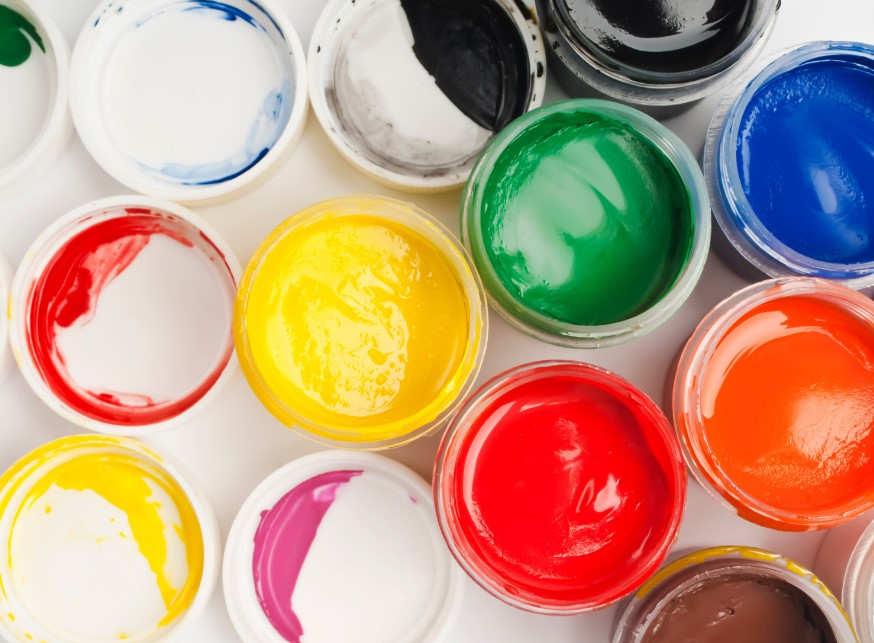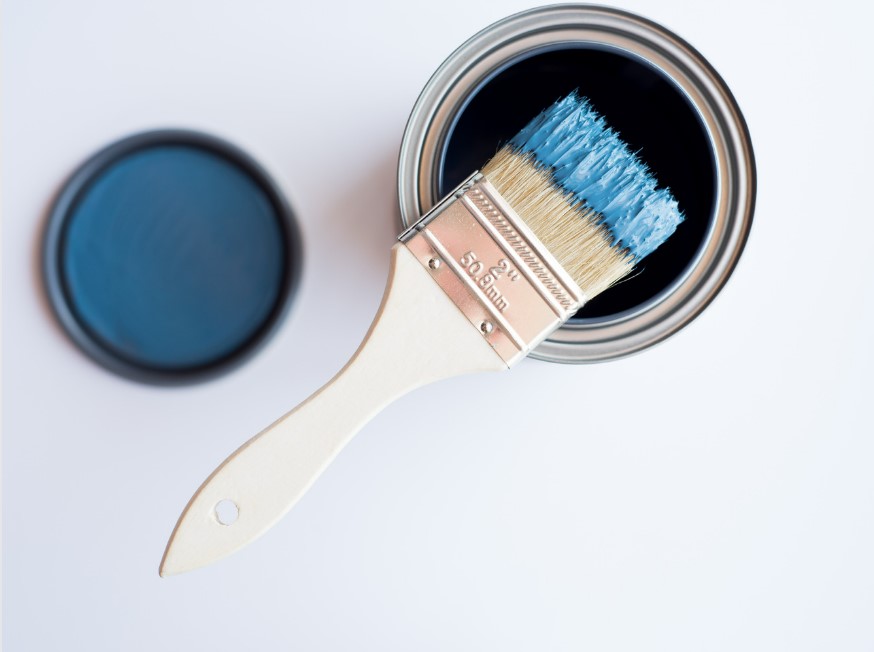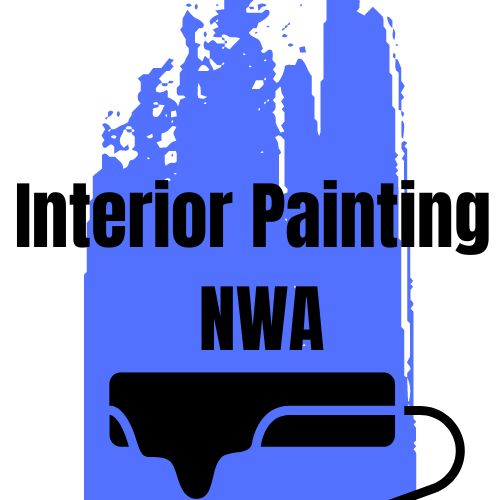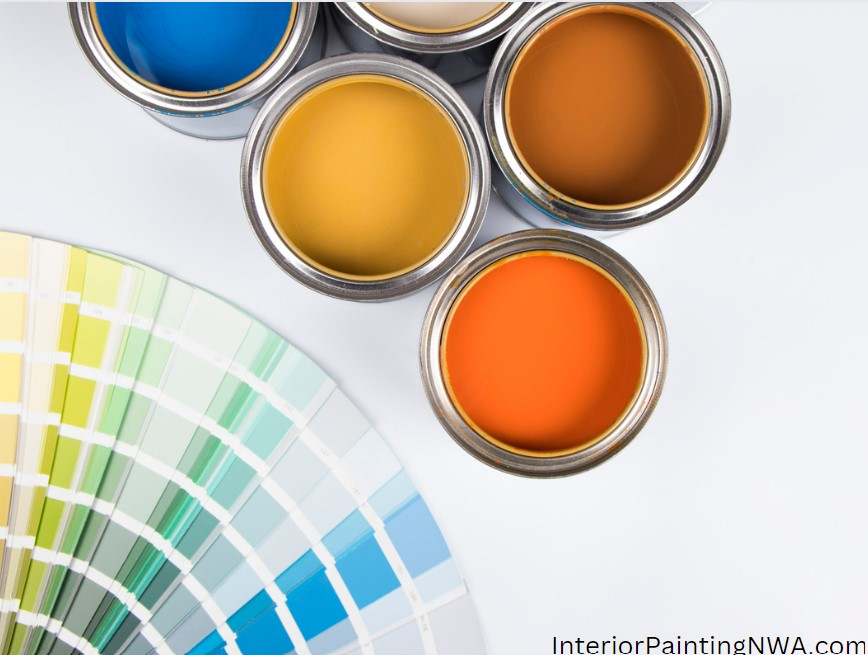The Difference Between Cheap and Expensive Interior Paint
When painting your interiors, choosing the right paint can significantly affect the outcome.
One common consideration is the price, as a wide range of options are available, from inexpensive to more costly pigments. But what exactly sets cheap paint apart from its pricier counterparts? Let’s delve into the differences between cheap and expensive interior paint to help you decide on your next painting project.
What factors contribute to the price difference?

The price variation between cheap and expensive interior paint can be attributed to several factors. Expensive paints often contain higher-quality ingredients, including more pigment and binder. These ingredients play a crucial role in achieving an even application of color and enhancing the durability and longevity of the paint.
Read More.
Why is cheap paint less expensive?
Cheap paint is generally thinner and contains lower levels of pigment and binder. This thinner consistency can result in a less vibrant and less durable finish. Manufacturers of inexpensive paints often compromise on quality to offer a more affordable product.
How does the pigment content affect the paint’s performance?
The pigment is responsible for the color of the paint and contributes to its coverage and opacity. Expensive paints tend to have a higher pigment content, which results in better range and more vibrant colors. In contrast, cheap paints may require multiple coats to achieve the desired color saturation.
What is the role of the binder in interior paint?
The binder, or resin, in interior paint, helps hold the pigment particles together and binds them to the surface being painted. Expensive colors typically contain higher-quality binders, providing better adhesion and durability. The paint is less likely to chip, fade, or peel over time.
Does using cheap paint impact the overall appearance of a room?
Using cheap paint may lead to a less desirable result. The thinner consistency of inexpensive paint can result in streaks, uneven coverage, and a lackluster finish. On the other hand, expensive paints offer smoother applications, better color consistency, and a more professional-looking outcome.
Is it worth investing in expensive paint?
While the upfront cost of expensive paint may be higher, it is often a worthwhile investment. High-quality paints offer better coverage, superior color saturation, improved durability, and more straightforward application. These factors contribute to a more aesthetically pleasing and long-lasting result, making the additional expense worth considering.
Are there any specific scenarios where cheap paint is suitable?
Cheap color can be ideal for certain applications where the long-term appearance or durability is not a top priority. For instance, using more inexpensive paint may be acceptable if you are painting a room that doesn’t receive much foot traffic or if you plan to repaint frequently. However, remember that it may require more coats and touch-ups over time.
Can expensive paint save money in the long run?
In some cases, investing in expensive paint can save you money in the long run. Higher-quality paint typically requires fewer coats, saving you time and effort. Additionally, the enhanced durability of expensive paint means you won’t need to repaint as frequently, reducing the overall cost of maintenance.
Are there any alternatives to expensive paint that offer better quality than cheap paint?
If budget constraints prevent you from purchasing expensive paint, consider mid-range options from reputable brands. These paints often balance price and quality, offering better coverage and durability than cheaper alternatives while still being more affordable than high-end paints.
What other factors should I consider when selecting interior paint?
Price should not be the sole determining factor when choosing interior paint. Consider the specific needs of your project, such as the room’s purpose, the desired finish (matte, eggshell, satin, etc.), and any special considerations like washability or resistance to moisture. Consult with professionals at your local paint store for expert advice on selecting the right paint for your specific requirements.
Read More.
The main difference Between Cheap and Expensive Interior Paint

The main difference between cheap and expensive interior paint lies in the quality and quantity of the ingredients used. While cheap paint may be more affordable upfront, it often sacrifices coverage, color consistency, and durability. Investing in higher-quality paint can lead to a more visually appealing, longer-lasting finish. Consider your project’s requirements, budget, and long-term goals to make an informed decision when selecting interior paint.
Remember, quality paint not only enhances the appearance of your space but also provides added protection and longevity, making it a worthwhile investment in the overall value of your home.
Read More.
Other factors to consider when selecting an interior Paint.
What other factors should I consider when selecting interior paint?
Price should not be the sole determining factor when choosing interior paint. Consider the specific needs of your project, such as the room’s purpose, the desired finish (matte, eggshell, satin, etc.), and any special considerations like washability or resistance to moisture. Consult with professionals at your local paint store for expert advice on selecting the right paint for your specific requirements.
Are there any eco-friendly options available in both cheap and expensive paints?
Yes, both expensive and affordable paint brands now offer eco-friendly options. Look for paints labeled as low or zero VOC (volatile organic compounds). These paints have minimal or no harmful emissions, making them safer for the environment and your health. Keep in mind that eco-friendly dyes may come at a slightly higher price, but they provide a greener alternative without compromising on quality.
Can the type of surface being painted affect the choice between cheap and expensive paint?
Yes, the kind of surface being painted can influence your choice of color. Characters such as drywall, wood, or previously painted walls may require different types of paint. In some cases, investing in higher-quality paint can ensure better adhesion and coverage, especially for surfaces with uneven texture or difficult-to-paint materials.
Does the brand of paint make a difference in terms of quality?
While the brand of color can be an indicator of quality, it is not the only factor to consider. Some well-known brands offer a range of paints, including both cheap and expensive options. Focus on the specific qualities of the color rather than solely relying on the brand name. Read reviews, consult professionals, and compare the specifications of different paints to make an informed decision.
Can I mix cheap and expensive paint to achieve a balance of affordability and quality?
It is generally not recommended to mix costly and cheap paint. Mixing paints of different qualities can result in inconsistent coverage, color variation, and compromised durability. It’s advisable to use one type of paint consistently throughout your project.
How can I ensure a successful paint job regardless of the price of the paint?
Irrespective of whether you choose cheap or expensive color, proper surface preparation is critical to a successful paint job. Clean and prime the surface as needed, repair any imperfections, and use high-quality brushes or rollers for a smooth application. Following best practices and allowing adequate drying time between coats will help you achieve a professional-looking finish.
Are there any additional tools or materials I need when using expensive paint?
Expensive paint doesn’t necessarily require other tools or materials. However, high-quality brushes or rollers can contribute to a smoother and more even application. Investing in good-quality brushes can help minimize brush strokes and achieve a professional result.
Can cheap paint be used for projects other than interior walls?
Yes, cheap color can be suitable for specific projects where appearance and durability are not critical factors. It can be used for low-traffic areas, such as ceilings, closets, or unfinished basements. However, investing in higher-quality paint is recommended for high-visibility areas like living rooms, kitchens, or bedrooms.
Can I achieve similar results with cheap paint by applying multiple coats?
While it is possible to achieve satisfactory results with cheap paint by using numerous coats, it may require more time, effort, and additional paint than a higher-quality product. The consistency and coverage of cheap paint may vary, requiring more coats to achieve the desired color and finish.
Can cheap paint be tinted to a specific color?
Most paint stores offer tinting services for both cheap and expensive paints. Tinting allows you to customize the color of your dye according to your preferences. However, remember that the color’s quality and intensity may vary depending on the base paint. Consult the paint store to determine the best options for achieving your desired color with cheap paint.
Is it worth investing in expensive paint for a small project?
Investing in expensive paint for a small project depends on your priorities and budget. If durability, color consistency, and ease of application are essential, opting for higher-quality paint can ensure better results. However, if cost is the primary concern and the project is relatively minor, cheaper paint may still provide satisfactory results. Consider your specific needs and budget constraints to make the best decision for your project.
What to consider if you don’t know what paint to get.
Remember, choosing the right paint for your interior projects involves balancing affordability and quality. Evaluate your priorities, project requirements, and long-term goals to make an informed decision. Consult with paint professionals, read reviews, and consider the specific qualities of the paint to ensure a successful and satisfying painting experience.
Read More.

